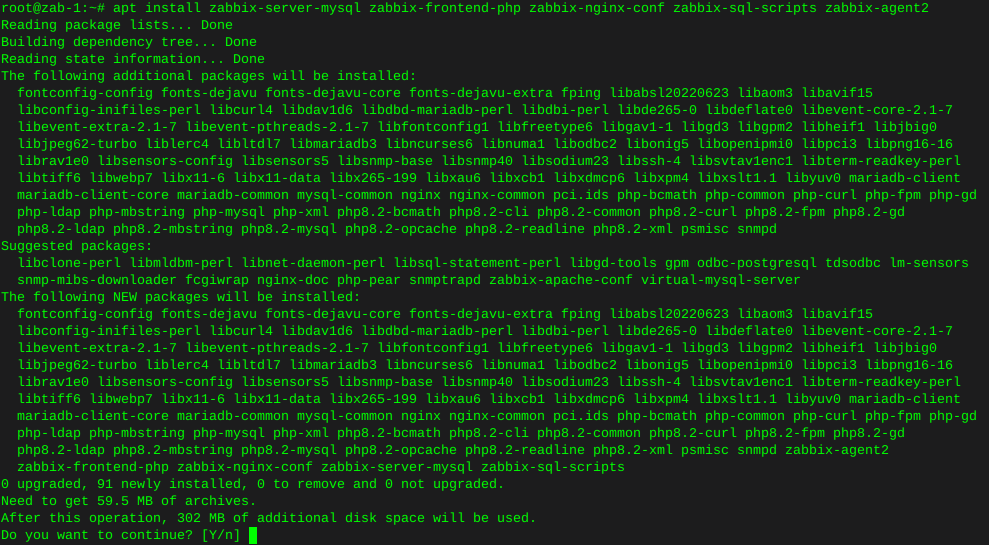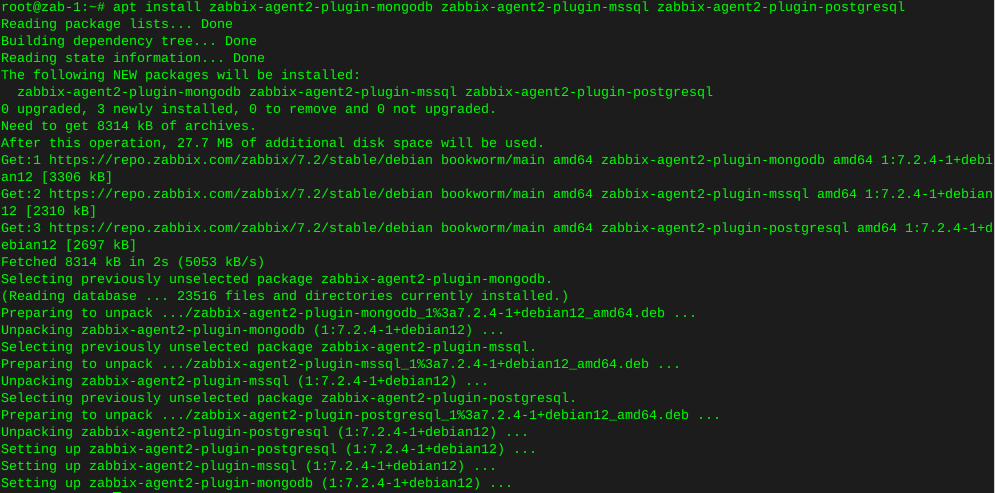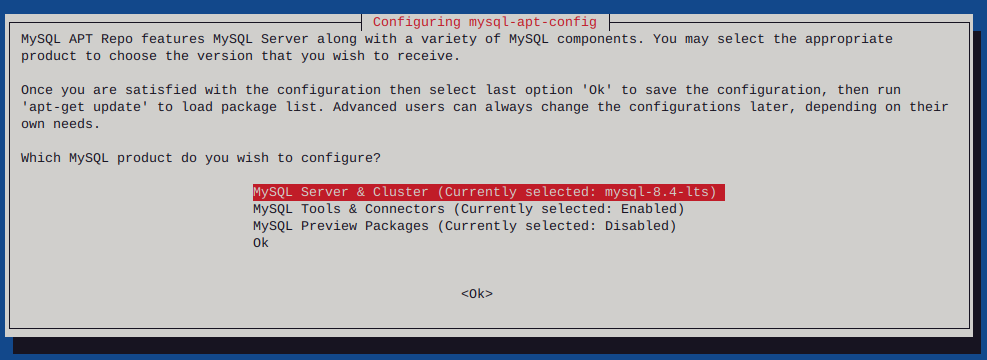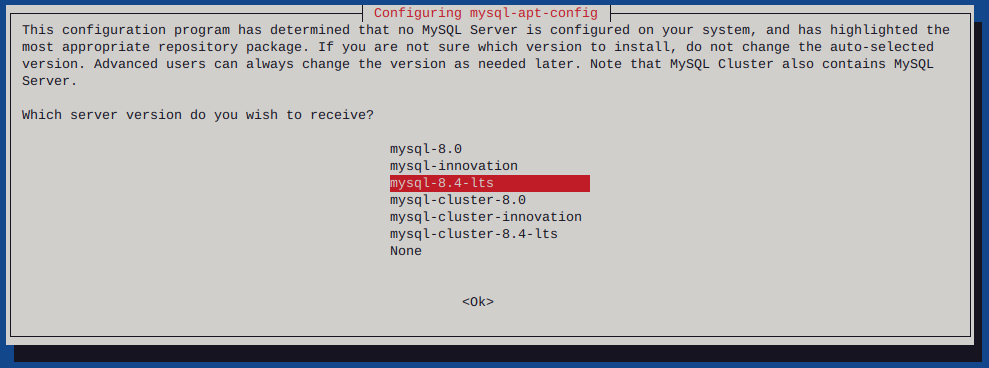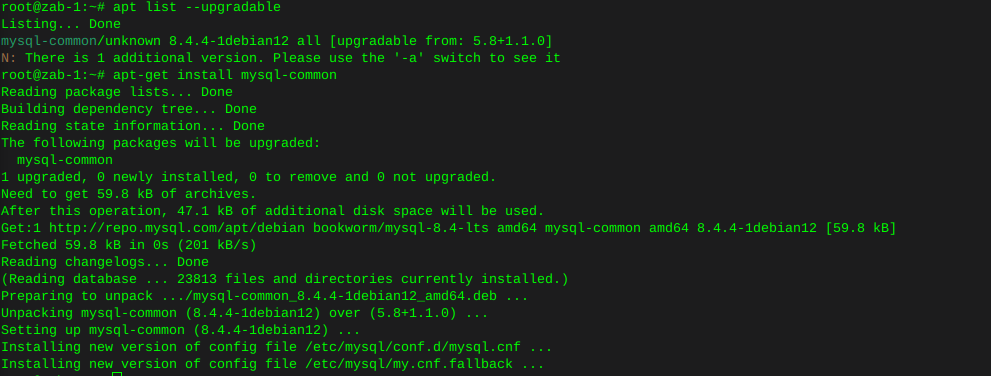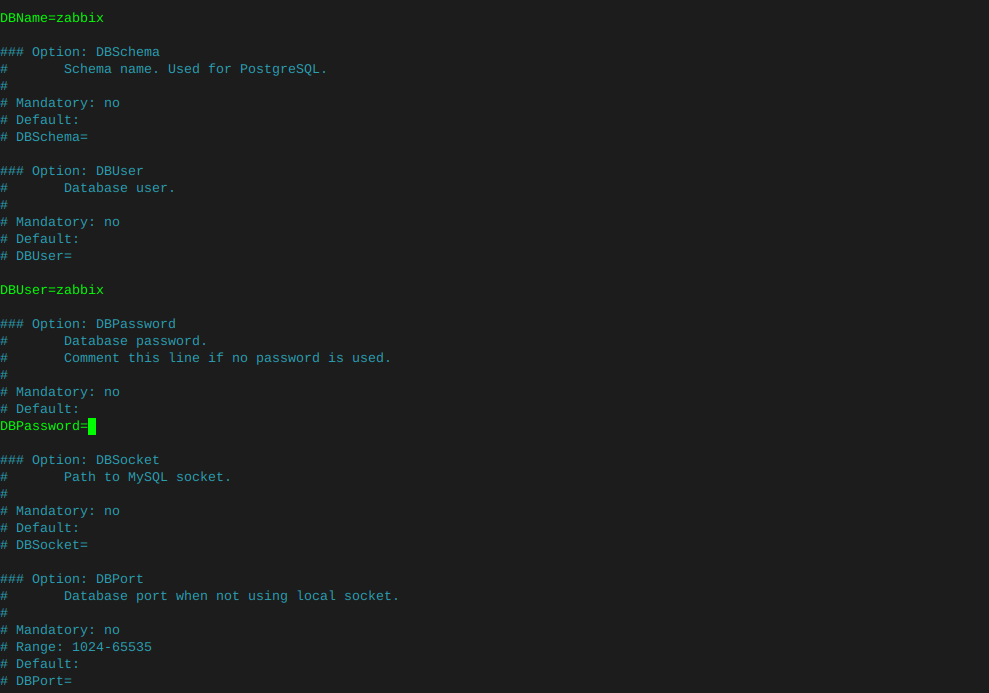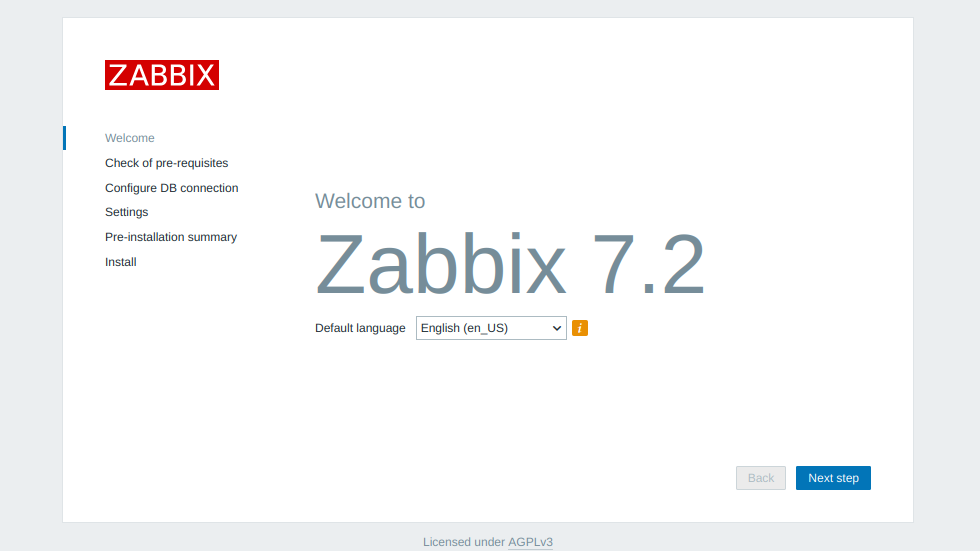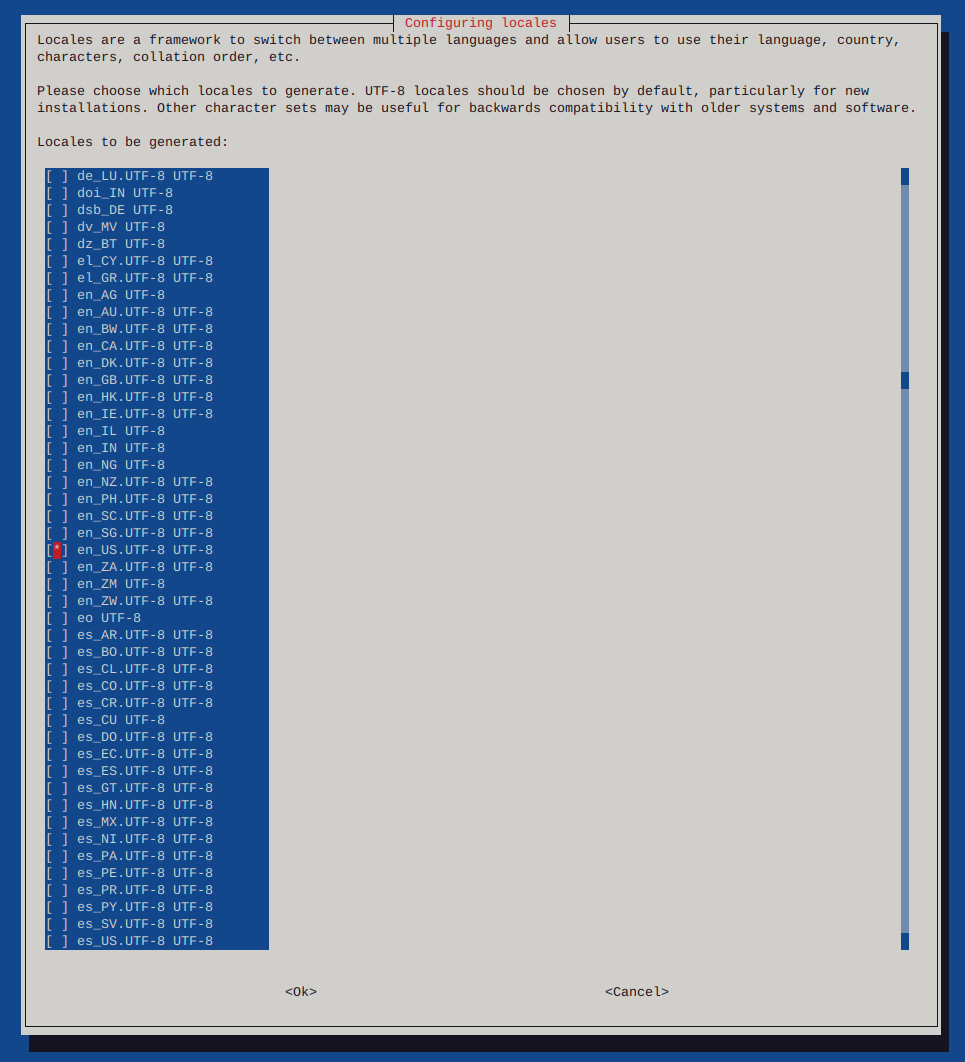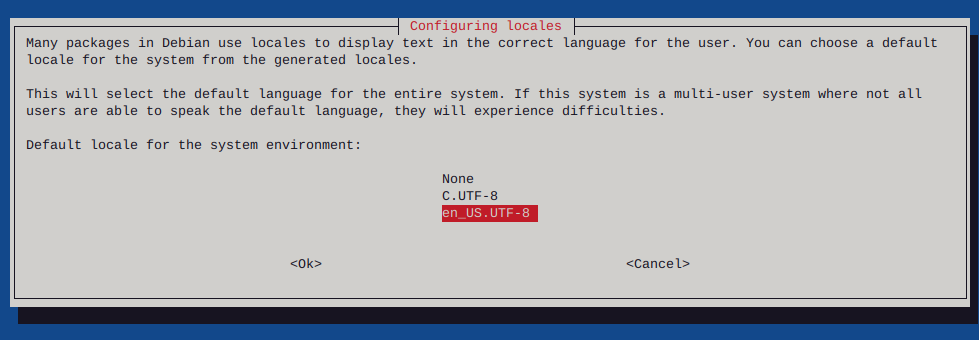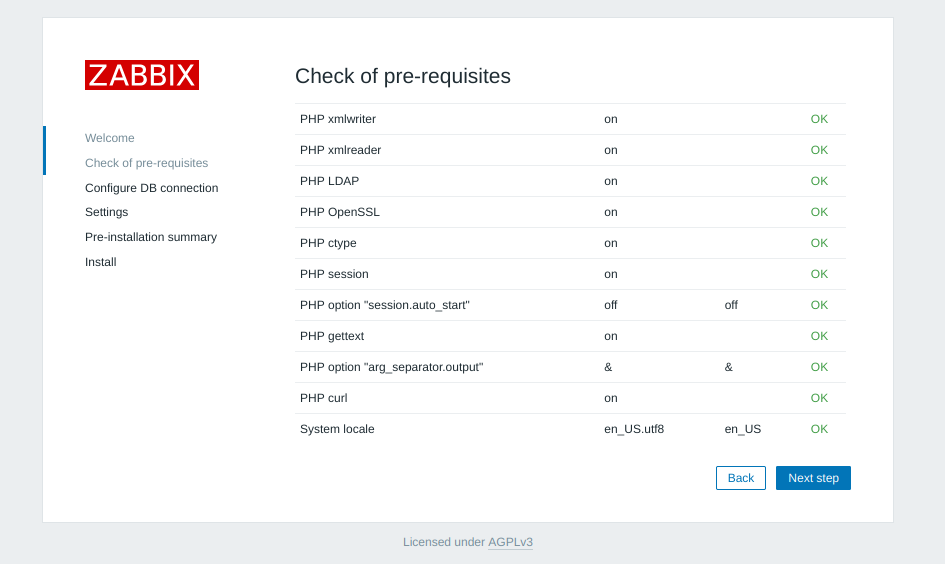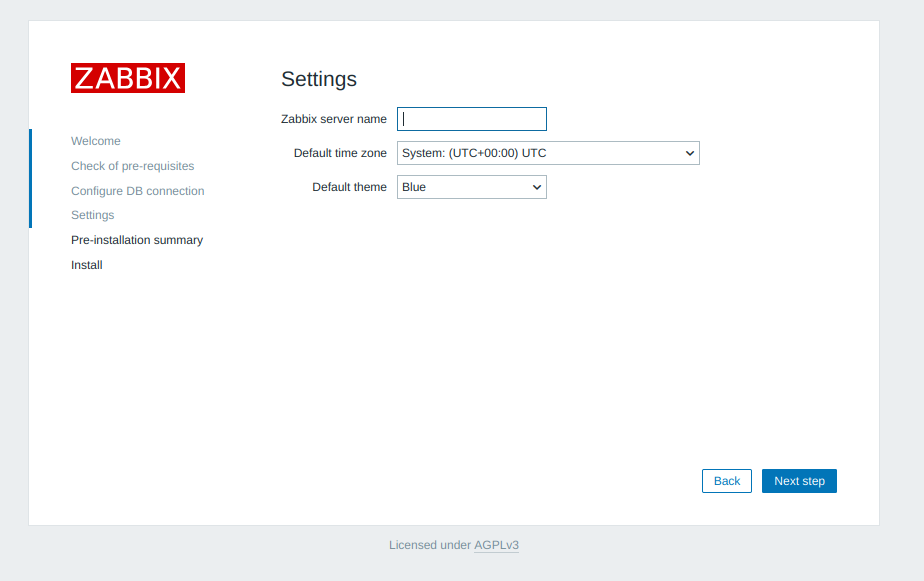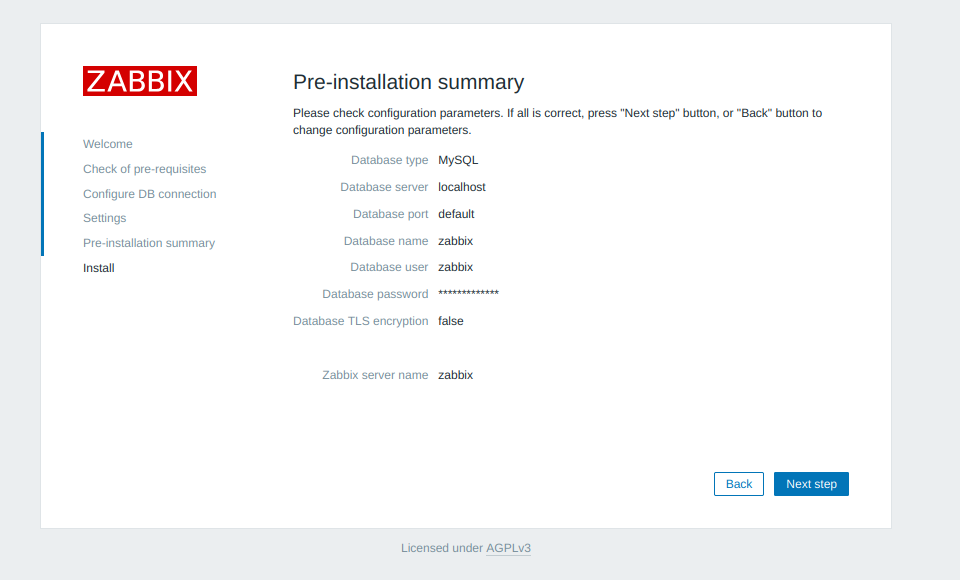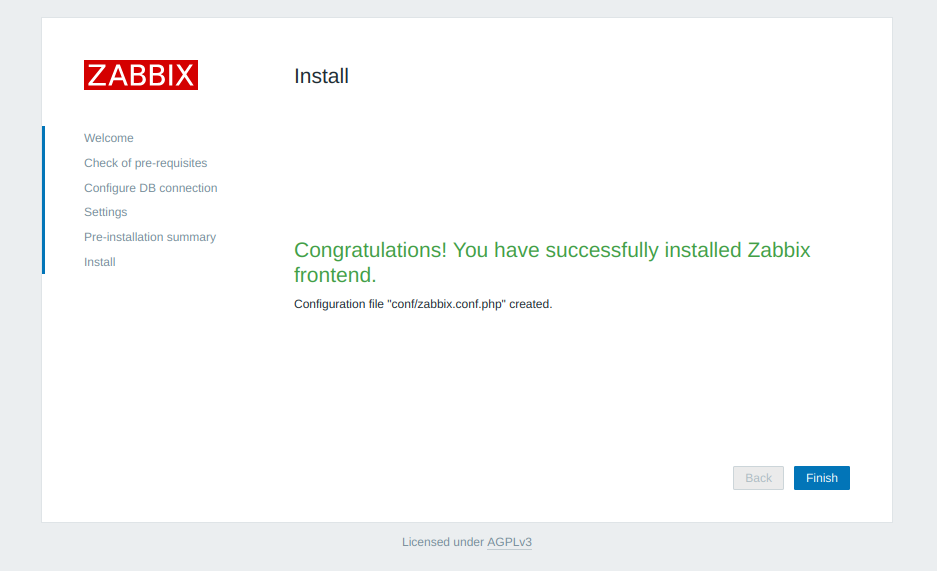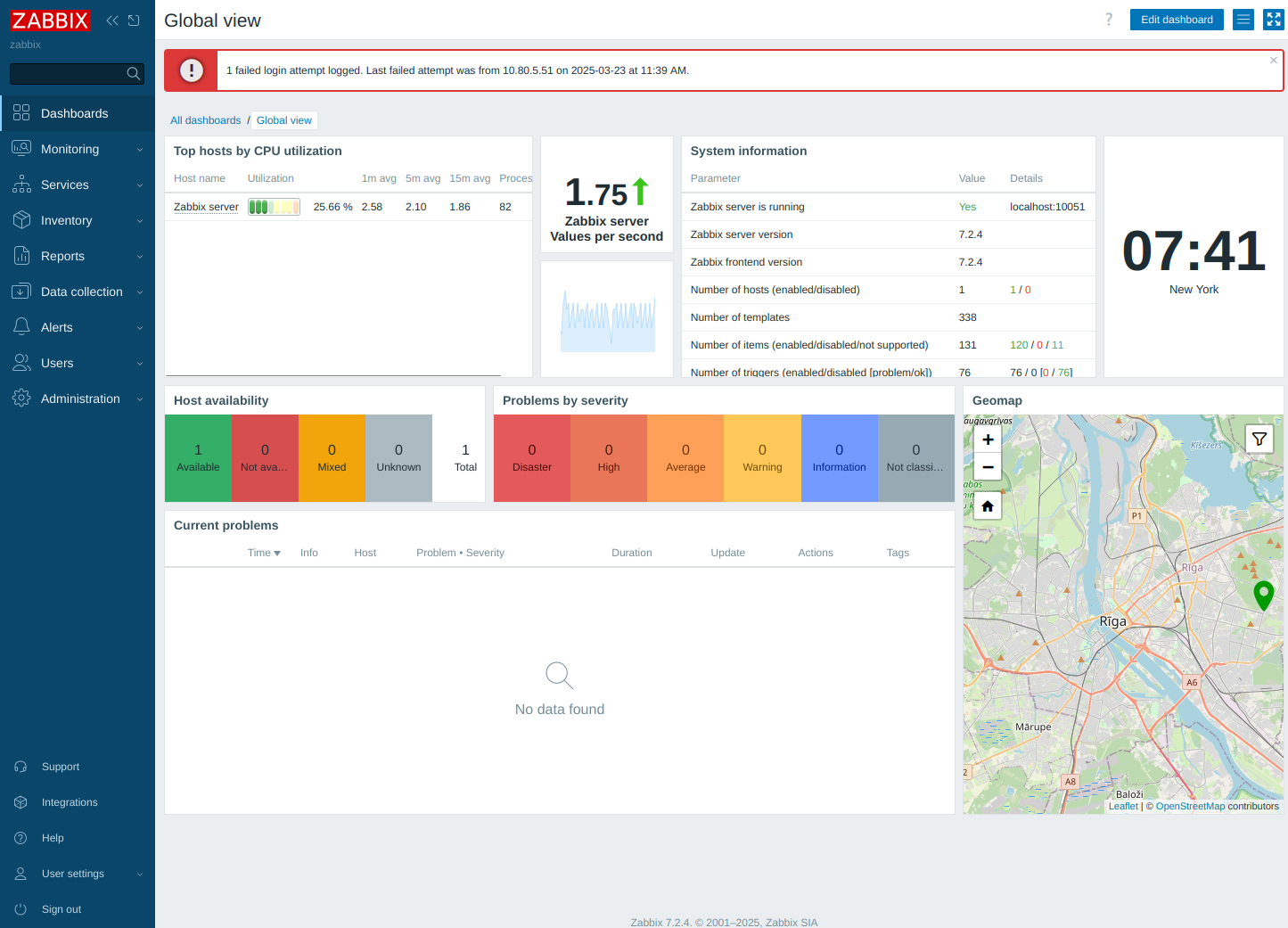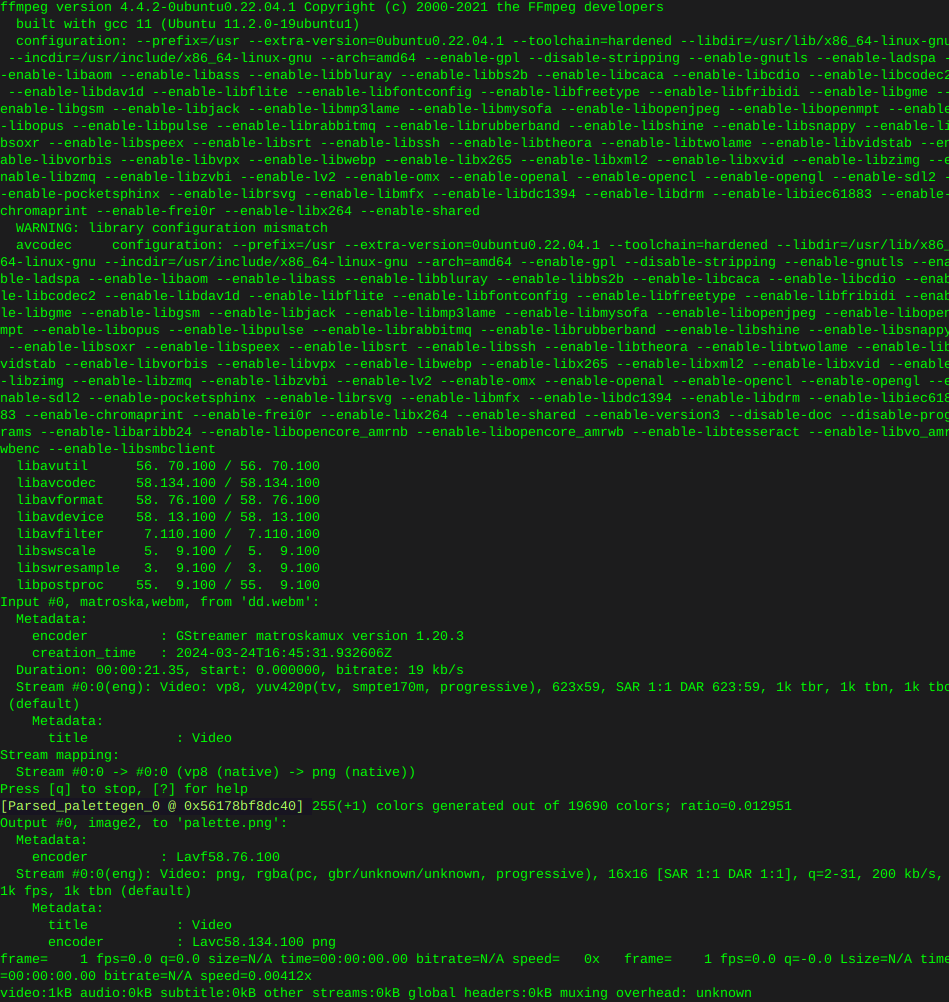Terminal - Command line speed test
Linux Systems Guides
1
Posts
1
Posters
1.7k
Views
1
Watching
-
Command line tests:
wget -O /dev/null http://testmy.net/dl-100MB
Dacentec Location: Lenoir S.Carolina
wget -O /dev/null http://mirror.dacentec.com/10MB.bin wget -O /dev/null http://mirror.dacentec.com/100MB.bin wget -O /dev/null http://mirror.dacentec.com/1000MB.binCacheFly Location: CDN
wget -O /dev/null http://cachefly.cachefly.net/100mb.test
SoftLayer Location: USA and Amsterdam
wget -O /dev/null http://speedtest.wdc01.softlayer.com/downloads/test10000.zip wget -O /dev/null http://speedtest.dal01.softlayer.com/downloads/test100.zip wget -O /dev/null http://speedtest.sea01.softlayer.com/downloads/test100.zip wget -O /dev/null http://speedtest.ams01.softlayer.com/downloads/test500.zip
Linode Location: USA, UK, and Japan
wget -O /dev/null http://speedtest.tokyo.linode.com/100MB-tokyo.bin wget -O /dev/null http://speedtest.london.linode.com/100MB-london.bin wget -O /dev/null http://speedtest.newark.linode.com/100MB-newark.bin wget -O /dev/null http://speedtest.atlanta.linode.com/100MB-atlanta.bin wget -O /dev/null http://speedtest.dallas.linode.com/100MB-dallas.bin wget -O /dev/null http://speedtest.fremont.linode.com/100MB-fremont.bin
Leaseweb Location: USA and Netherlands
wget -O /dev/null http://mirror.nl.leaseweb.net/speedtest/1000mb.bin wget -O /dev/null http://mirror.us.leaseweb.net/speedtest/1000mb.bin
FDCServer Location: USA
wget -O /dev/null http://lg.denver.fdcservers.net/100MBtest.zip
OVH Location: France
wget -O /dev/null http://proof.ovh.net/files/100Mb.dat





